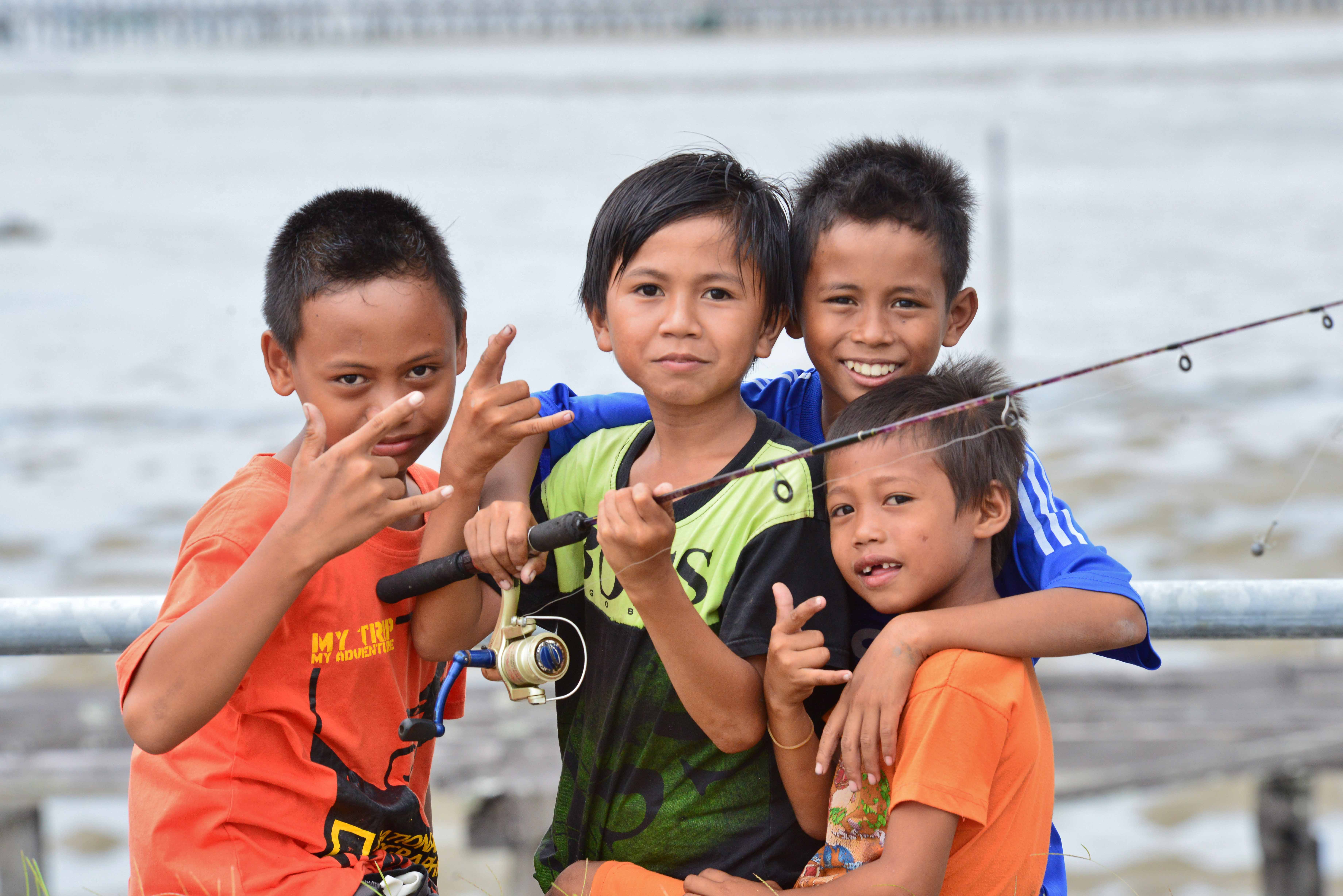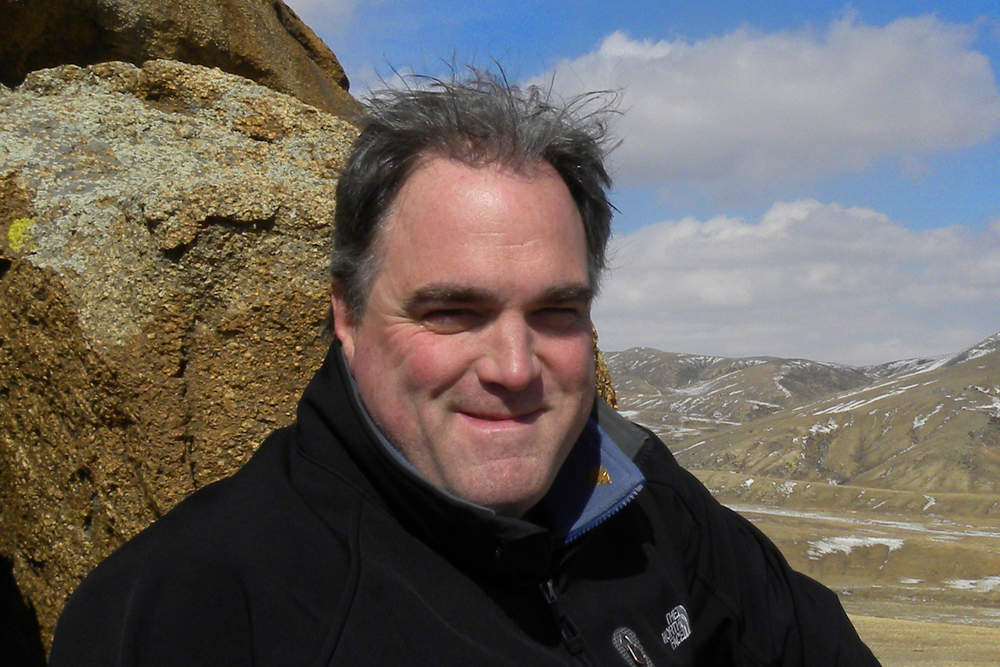Key Takeaways
We must keep trying to define sustainability and, at a minimum, have it as a goal that we aspire to.
Indonesia is losing 1.17 million hectares of forest per year to unsustainable logging, mining, and the spread of oil palm and paper fiber plantations.
SIGAP approach focuses on engaging local communities to secure their commitment to forest and natural resource management while concurrently seeking mechanisms to improve their livelihoods.

The definition of sustainability is like what United States Supreme Court Justice Potter Stewart said about the definition of obscenity—“it’s hard to describe but I know it when I see it.” The word sustainable, or its good friend sustainability, appears more than 70 times in the 2015 United Nations report outlining 17 Sustainable Development Goals for achieving global sustainable prosperity. The goals seek to improve life on earth—especially in developing countries—with the aim of eliminating poverty and providing education and equal rights for everyone, while taking care of the planet.
Some say the word is overused or misused to the point that it is no longer useful. I disagree. Despite its overuse and recent hijack by advertising agencies and less-than-genuine corporate entities, it’s important to keep trying to define sustainability and, at a minimum, have it as a goal that we aspire to.
Sustainability in action
I got a chance to see principles of true sustainability in action when I visited a number of villages in Indonesia: Merabu, Tanjung Batu, Long Duhung Village and Semanting Village in East Kalimantan Province.
Here is where my colleagues at The Nature Conservancy are advancing an approach called SIGAP (an abbreviation in Indonesian language signifying inspirational community actions to effect change). This approach focuses on engaging local communities to secure their commitment to forest and natural resource management while concurrently seeking mechanisms to improve their livelihoods. SIGAP empowers communities to be champions for their local economies and environment through these sustainable growth opportunities.

The goal of the program is to create a long-term vision of land protection and development for Indonesian villages. It frames a socially, environmentally and economically integrated ‘green’ village development plan while simultaneously building village capacity to access financial support, negotiate collaborative arrangements with companies and secure forest management rights.
The resources that the partnerships seek to protect are diverse—from primary rainforest to coastal mangroves—as are the livelihood activities the communities seek to expand. Examples include the harvesting of non-timber products like bird nests—used in bird nest soup—and improving the information and collection for sustainable fisheries.
Quote: - Joseph Kiesecker
These villages are working collaboratively—and successfully—to protect and secure government recognition for their traditional uses of the forest.
But many valuable resources, and the unique landscape that holds them, are rapidly disappearing. Indonesia is losing 1.17 million hectares of forest per year to unsustainable logging, mining, and the spread of oil palm and paper fiber plantations. More than ever, it’s crucial that we recognize the partnerships between environmental protection, community prosperity and sustainable economic growth. Communities that tie their livelihoods to healthy natural systems are more likely to seek to conserve those resources for the long term.
Amid intense pressures from unsustainable development and deforestation, and despite a legal framework that is unclear in its protection of land rights, these villages are working collaboratively—and successfully—to protect and secure government recognition for their traditional uses of the forest.
A moment of clarity
When asked why his community is committed to maintaining the primary forest the village leader of Merabu replied immediately: “It’s really pretty simple,” he said. “We want to harvest forest resources sustainably today, so that we can still harvest them tomorrow and the next day.”
Something we tend to overcomplicate was very clear. ‘Sustainability’ simply means “doing the things we do today, so that we can continue to do them into the future.” If we include the sum total of all our activities, and take the “we” to include ourselves, and future generations, then we have a simple test to see what’s sustainable and what’s not.
Global Insights
Check out our latest thinking and real-world solutions to some of the most complex challenges facing people and the planet today.

